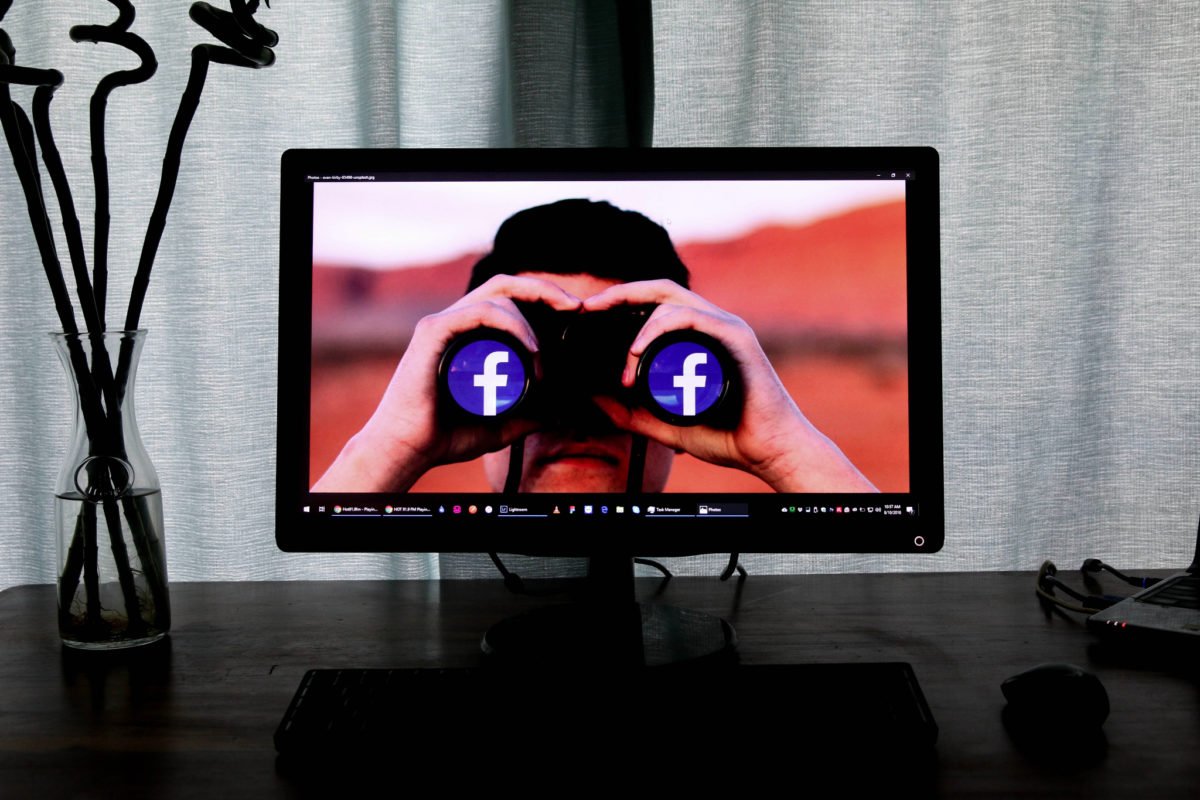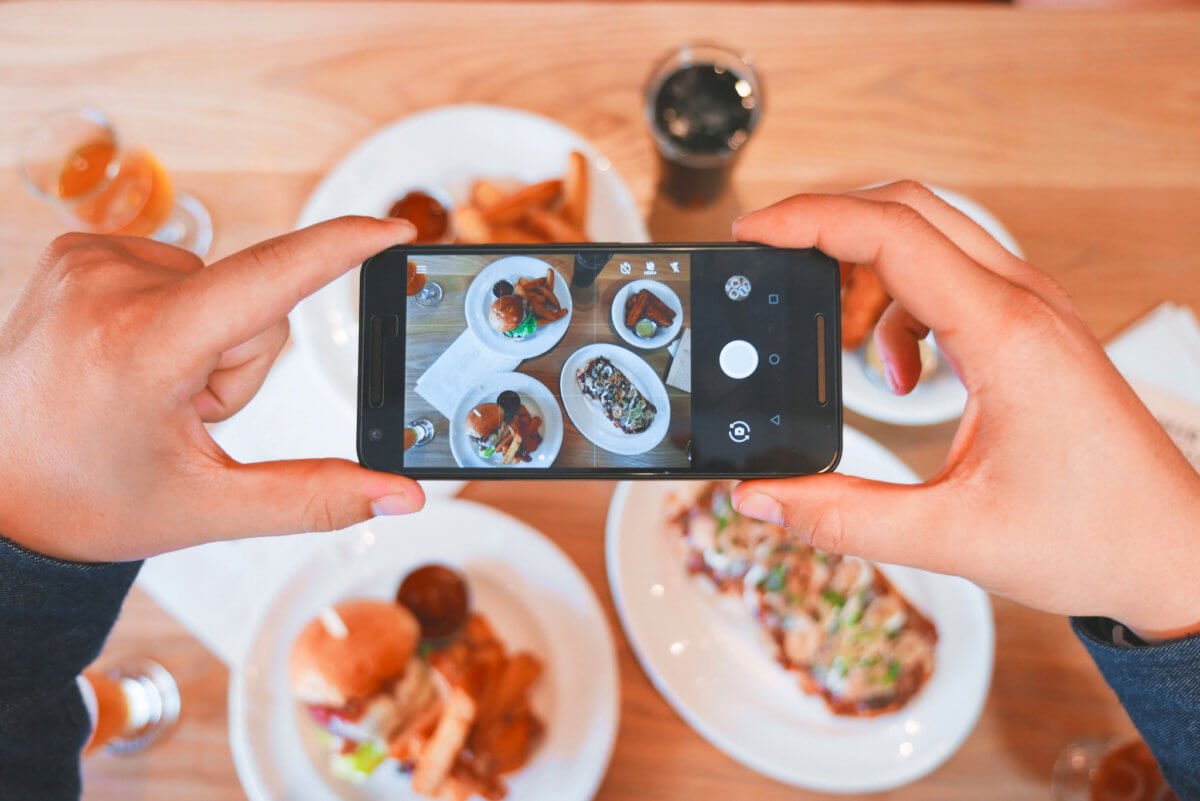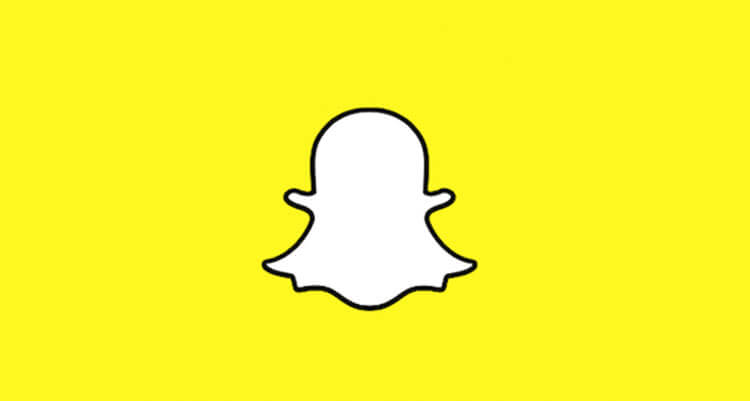In our business, we talk a lot about the intersection between owned, earned, and paid media. I would argue that it’s part of our fundamental perspective and drives most of our work. O’Keeffe was founded on earned media – PR, media relations, and AP style. We added owned (and paid media) later with a particular focus on content. How we define owned content changes, but it always includes things like a blog on your website, white papers, or other deliverables that you wholly own. Sometimes we throw social media in the mix, but that’s a misnomer at this point. The fact is this: social media is no longer owned media.
Before you come after me with pitchforks, let me explain.
Who Owns Social?
If you had asked me five years ago if social media was owned, I would have said yes. Mostly. But these are dark days, my marketing friends. The decline of organic reach, the lack of clarity on metrics, and the changing algorithms all present enormous problems for us. Have you tried to pull historical data on Instagram lately? Try going back further than a week without some help, and you’ll find yourself frustrated beyond measure. And may Providence help you if you didn’t connect that tracking platform yesterday because the tracking will start right now, not when you need it.
The big problem is the lack of clarity regarding those metrics. Say you dug into Facebook and pulled out one of those great CSV files. Beautiful, right? Look at all of those numbers and columns! Columns for days! But what in the world do all of those columns refer to? And once you finally stumble on the metric you need, you better make sure you write down exactly what you did and then pray that platform doesn’t change its UX tomorrow.
Who’s Down with D-A-T-A?
The ability to pull correlational historical data is imperative, and it’s one of the biggest things missing from media that isn’t owned. Take your website, for example. Google Analytics may have some updates, but, generally speaking, I’ve been able to pull the same primary data for a decade. How I use that data may have changed, but as long as my website is connected and online, I can get historical data in a platform that actually helps me get what I need. Your website is 100% owned media. You control that journey, you control how you guide your audience, and you can completely pull the metrics you need with little help from Google. Heck, you can even get immediate, crazy-cool tracking and other marketing goodies if you start linking additional platforms like Pardot. With owned media, you’re not at the mercy of another platform.
Okay, so we know that owned and paid media are different. You might be saying, gosh, Megan, but I don’t use paid social. I’m not paying for Facebook ads, and I’m certainly not boosting posts on LinkedIn. I can’t be paid if I’m not paying, right?
Wrong.
Dollar, Dollar Bills, Y’all
These platforms don’t exist so you can reach your audience. Come on, folks. These platforms exist to make money. There’s a reason why they make their metrics so annoying to pull (I’m looking at you, Facebook), and why their organic reach is declining. Instagram didn’t update how it displays posts so you would have better experience. It updated its algorithm so that you wouldn’t be guaranteed even to be seen, so you feel compelled to sponsor posts. Even Twitter, which I would agree has the most consistent analytics tracking experience, updated its feed, so it wasn’t chronological.
The big four don’t want to make it easy for you to engage with your audience unless you spend money. It’s that simple. You may not be sponsoring posts, but the platforms are now designed to be a paid experience. Social media is not owned. Social media is paid, whether you’re paying them directly or not.
Beyond the Default
We used to talk about the difficulty of building a brand on social media, but it was always in support in creating your website or app and not ignoring the channels that you own. We always cautioned about spending all of your time on Facebook when the platform may disappear and take all of your branding with it. We’re now in a time where social is a default part of any marketing strategy, despite the declining engagement and reach. Don’t get me wrong – paid social is still a comparatively cheap way to reach your audience. But don’t kid yourself and think that posting semi-regularly is enough.
This brings us to another point. Metrics and analysis. Remember that sweet, sweet historical data I mentioned earlier? It’s getting harder and harder to pull. I used to be able to grab an apples-to-apples comparison and industry benchmarks easily. We all used to know where we stand. More is better. More engagement, more impressions, more clicks. These days I can’t promise that. I can apply all of the best practices in the book. I can build creative campaigns. I track everything to the heavens and back. But without that paid budget, your campaign is entirely at the mercy of the platform itself.
But Wendy’s!
Now, I fully realize some brands have found massive success on social platforms. And you may be saying, Megan, this isn’t optional. I need to be one of those brands. Most agencies will promise you the world and deliver an island. We’re not like that. We value honesty and an authentic relationship with our clients. I’m not going to set you up for failure. But I am going to do everything in my power to make you one of those success stories, and I’m going to use all of the analytics at my disposal to create strategies to guide you.
Now here’s the flip side.
You’ve heard the digital space is crowded. Floral for spring. Groundbreaking. And now I’ve told you that social is a wasteland without a lot of time and some spending money. What’s a company to do? Maybe your budget is tiny, and you can’t afford to boost anything. Maybe your budget is massive, but you’d rather not burn piles of cash.
Clean Your House
Your first step is to make sure that your house is in order. When is the last time you updated your website? Are you ready for voice search? Please tell me that you’re optimized for mobile. Review your copy. Does all of this content speak to who you are? Are you answering your prospect’s questions? Is your sales team aligned? Do you have a documented content marketing strategy? If any of these things aren’t there, focus on these first. Your main priority should always be owned media. Paid and earned can layer into this, but you have to be clear about who you are and why you matter.
Your driving mission should be authenticity. We’re beyond a manufactured; white bread easily approved content strategy. Don’t produce white papers because you’re supposed to. Don’t post on Twitter because you have to. Pull together your owned, earned, and paid media into one voice and get strategic about how you spend your time. Know which stories are great for PR and which stories are better as sales content. Research to discover where your audience is and what they want to know.
#Latergram
Social media was one of my first loves in the marketing world. The ability to create instant conversations was pure magic, and I loved finding ways to drive engagement. The days of live-tweeting a conference and expecting a huge return are over. Focus on your owned media and the rest will follow.










